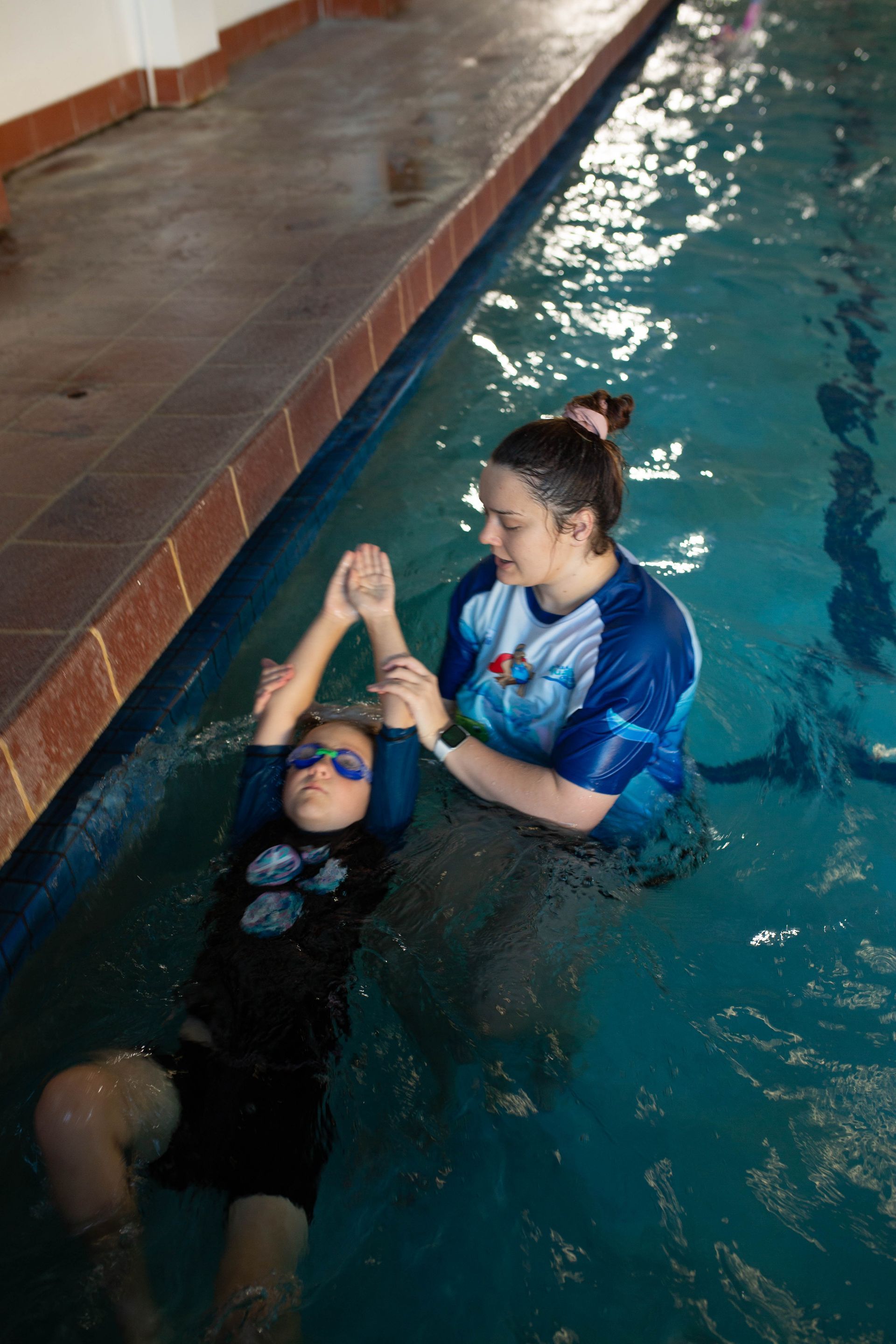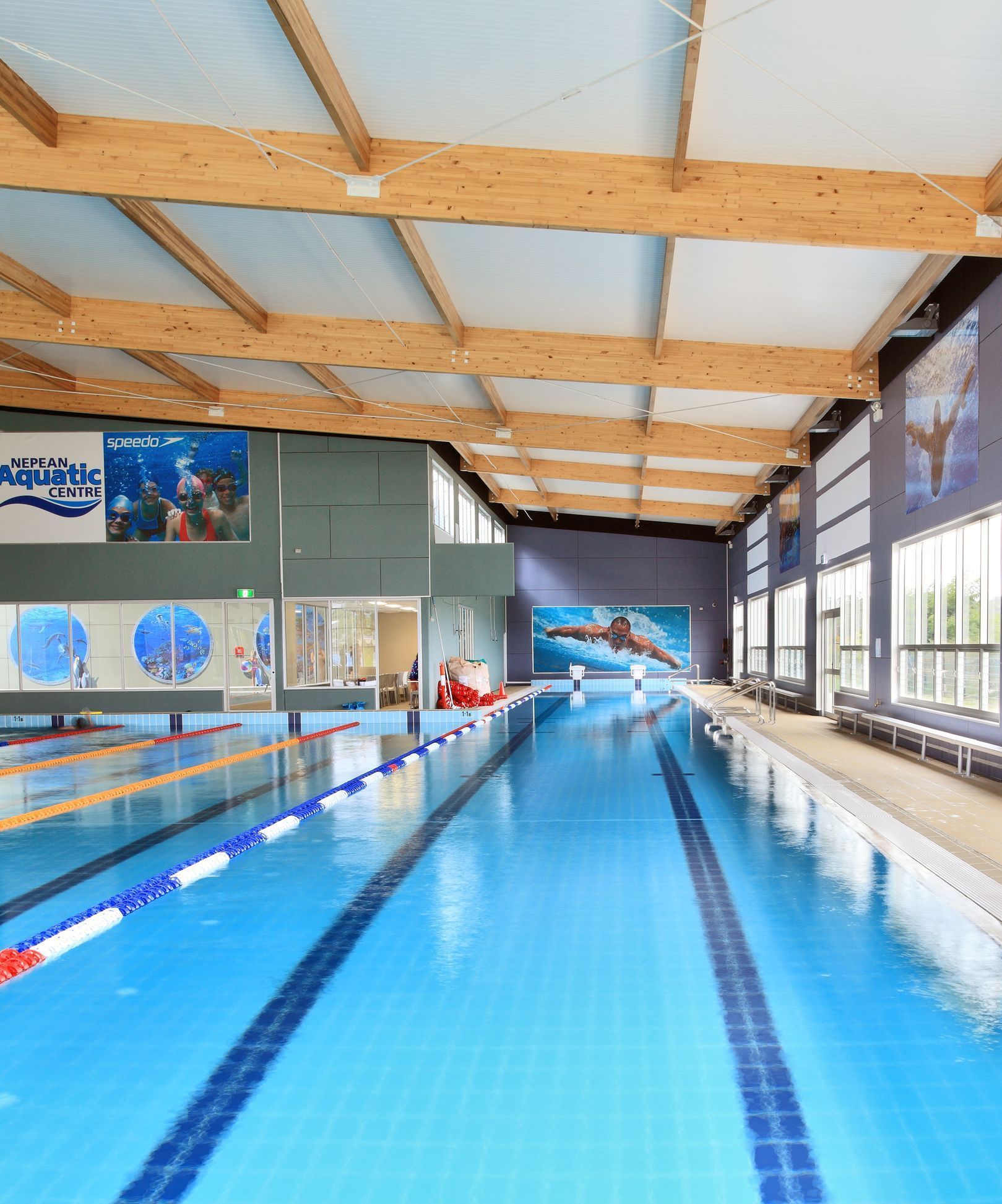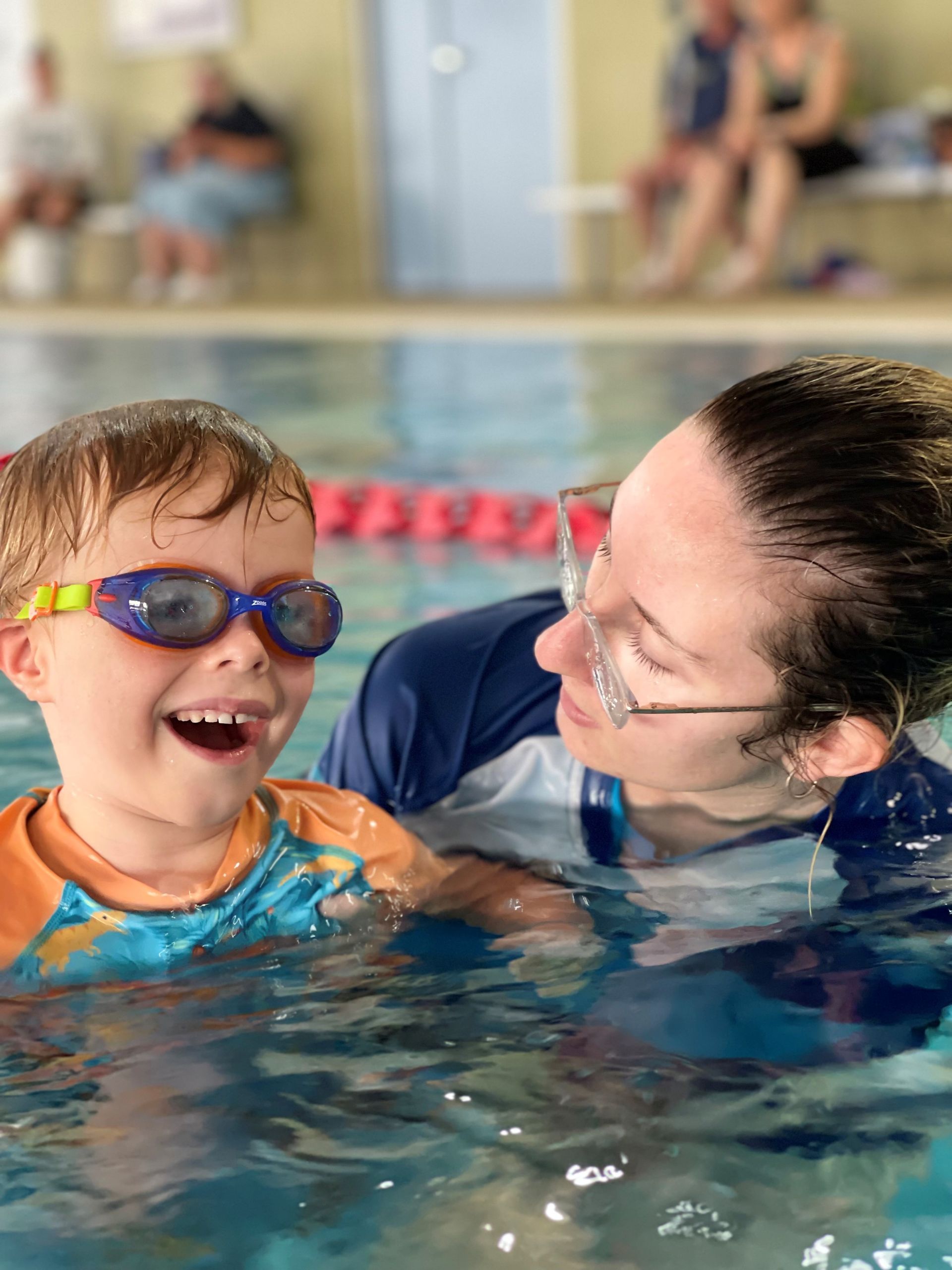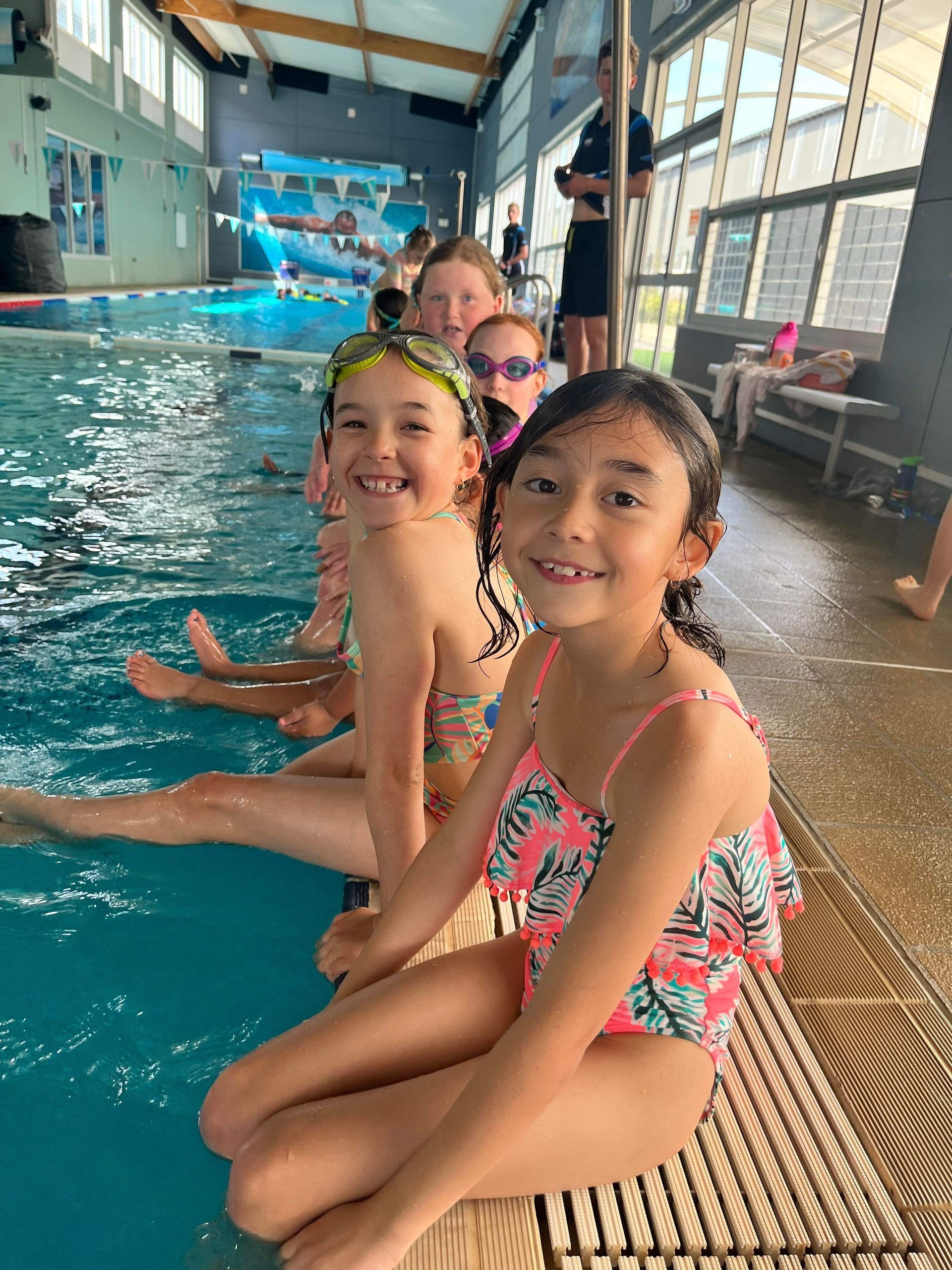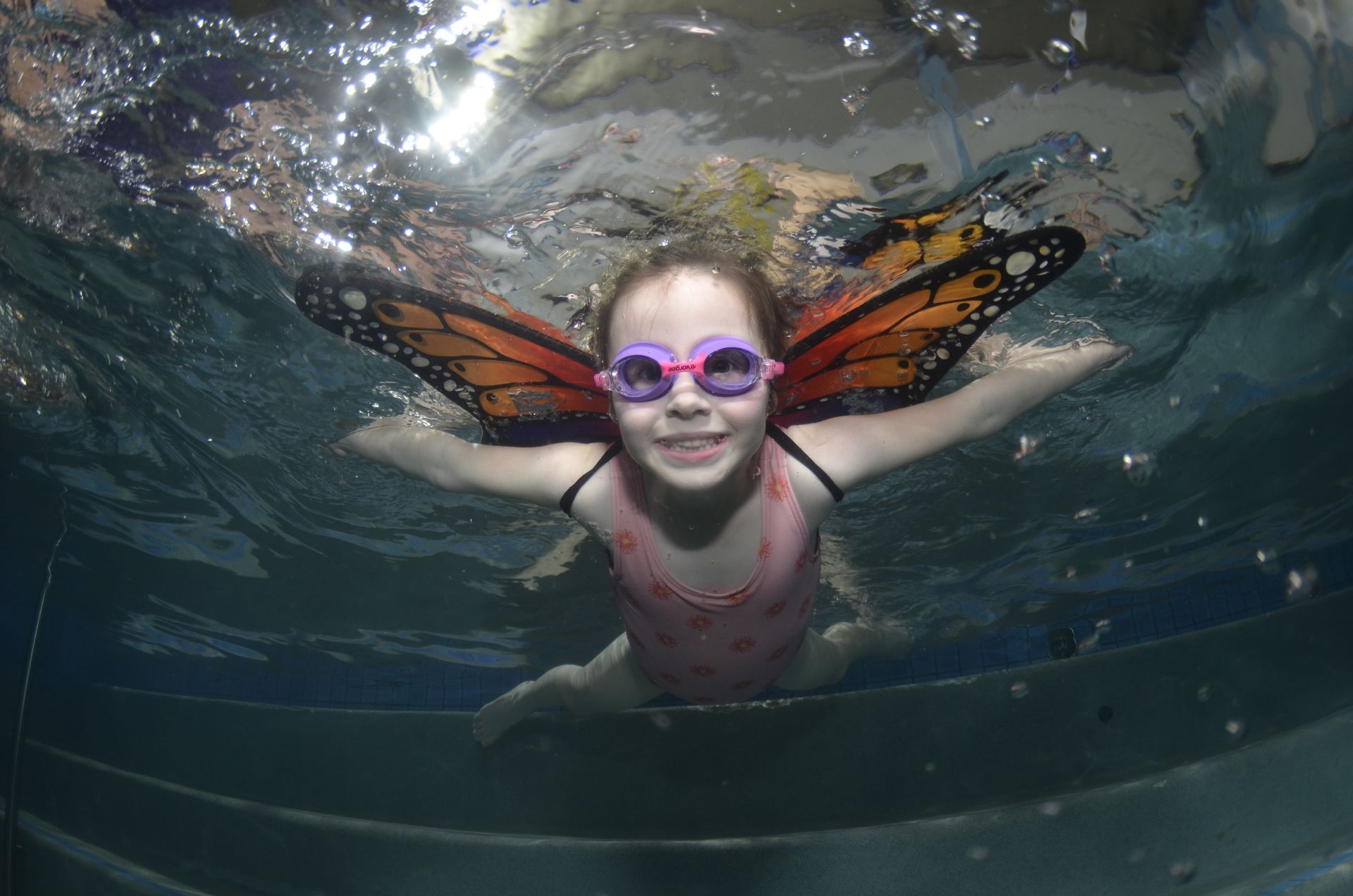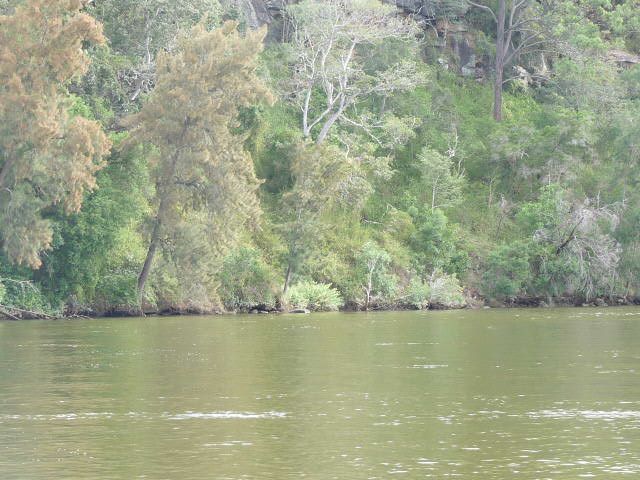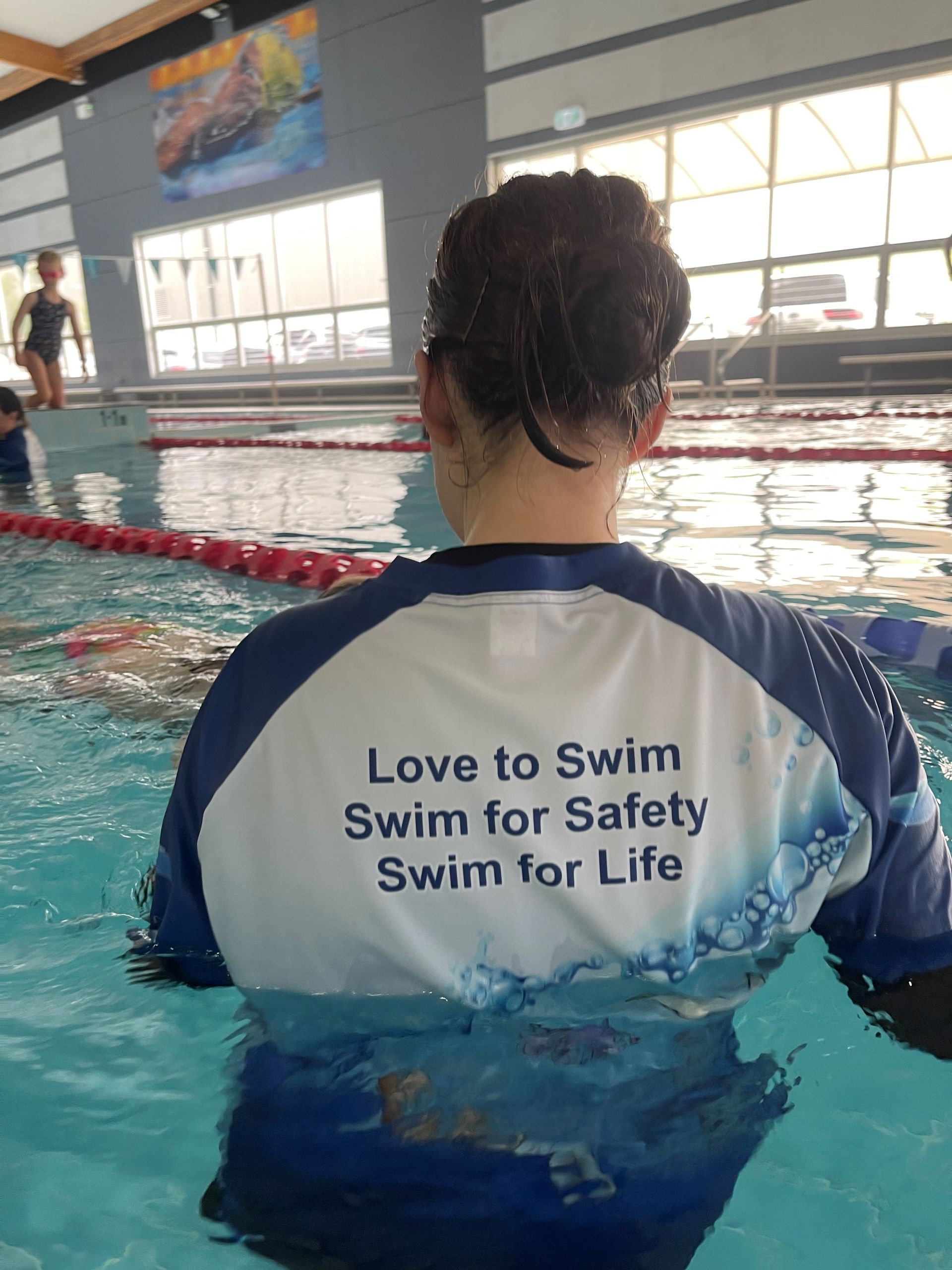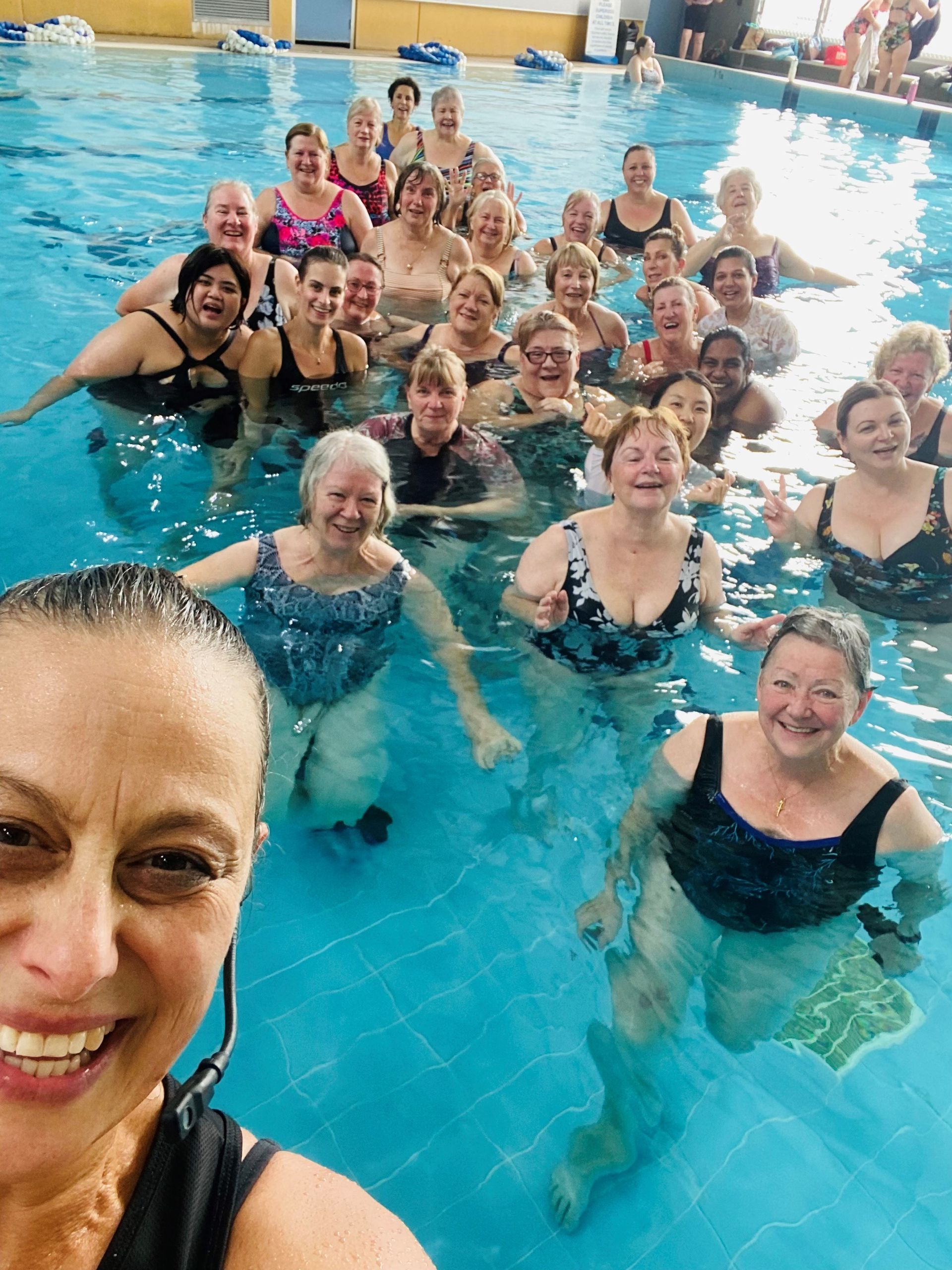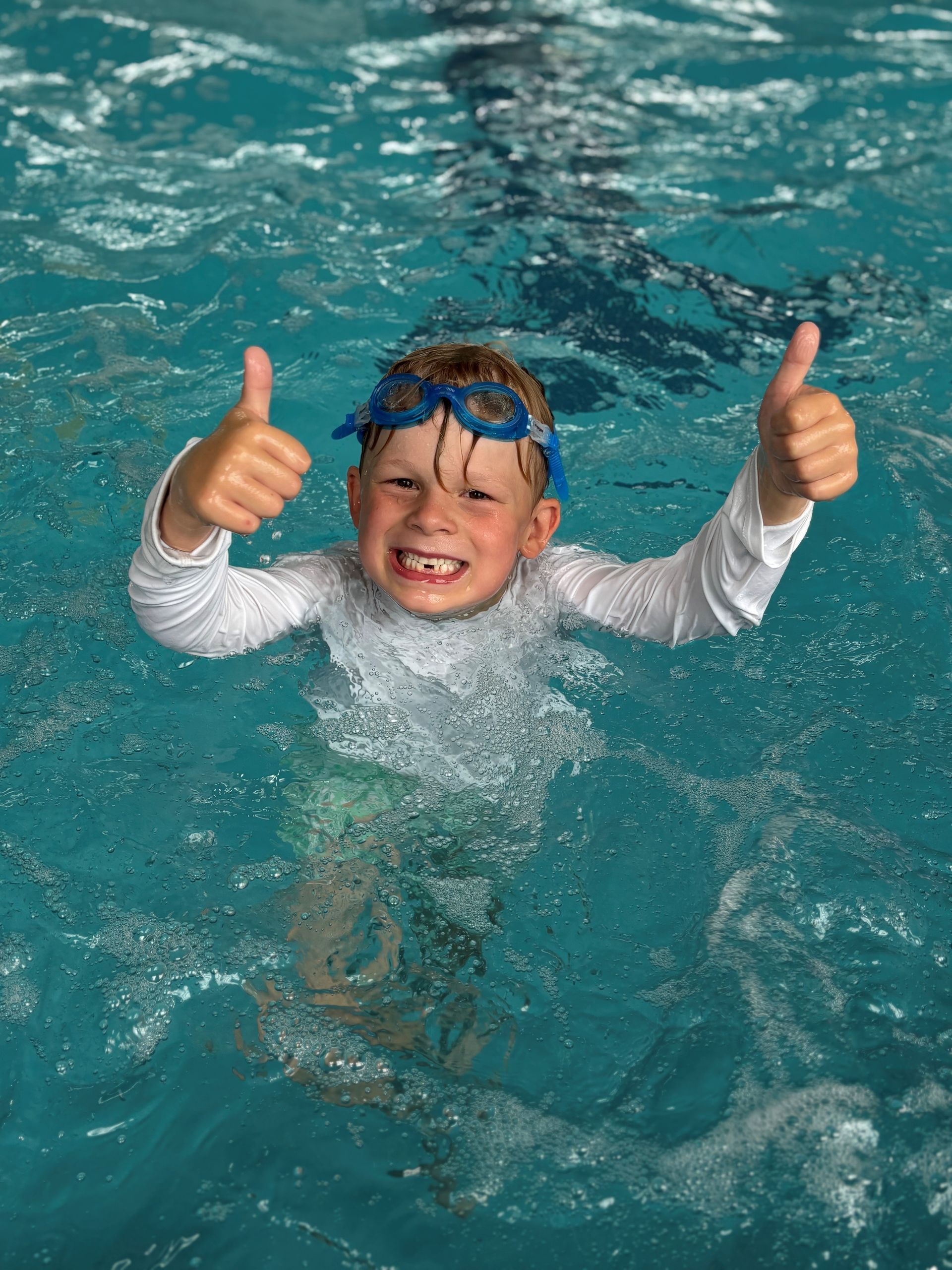Teach your kids to always practice water safety
Children are naturally competitive. They like to work out who is the best swimmer, who can do the most somersaults underwater, or who can swim the furthest distance underwater while holding their breath. Which I also did as a child. How were we to know then that it could be so dangerous? But it has since been proven that any underwater breath holding contests can have tragic consequences, so we must educate our children and discuss why they should never play this games like these.
Shallow Water Blackout (SWB), otherwise known as Hypoxic Blackout, can occur when people hold their breath underwater, or are practising underwater breath holding drills whilst swimming training. SWB happens without any warning of its onset – the swimmer simply loses consciousness due to a severe lack of oxygen to the brain, and drowns.
Swimming Australia advise that we should never swim alone, never ignore the urge to breath, never hyperventilate prior to swimming, and never play breath holding games and challenges, and that Hypoxic training should only be performed in competitive swimming training under strict guidelines and supervision. Other lesser known dangers are Dry and Secondary Drowning. As parents we are usually on high alert supervising when our children are in or near water, but completely relax once they are finished swimming for the day, but unfortunately the danger is not always over. Dry drowning and secondary drowning occur after a child has left the water as a result of having taken water into their lungs.
With dry drowning, water doesn’t reach the lungs, but the breathing in of water causes your child’s vocal chords to spasm and close up, shutting off their airways and making it hard to breathe. Symptoms of dry drowning usually happen straight after any incident in the water.
In secondary drowning (also called delayed drowning) the child’s airways open up, letting water into his lungs, but not enough to disable breathing right away. Instead, the water sits there and inhibits the lungs’ ability to oxygenate blood, causing more and more trouble breathing over the course of several hours. Symptoms of secondary drowning generally start within 1-24 hours of the incident.
Whilst both events are very scary, it is important to remember that they are also rare, making up only 1% – 2% of all drowning incidents. The key is to always practice good water safety, to remain vigilant after your child leaves the water, and know the signs of dry and secondary drowning. The symptoms of both conditions include coughing, chest pain, trouble breathing, vomiting, blue lips or pale skin and feeling extremely
tired. Your child may also display changes in behaviour such as such as irritability or a drop in energy levels, which could mean the brain isn’t getting enough oxygen.
If your child has any symptoms of dry drowning and secondary drowning after being in water, please seek medical help right away at your local hospitals emergency department.
